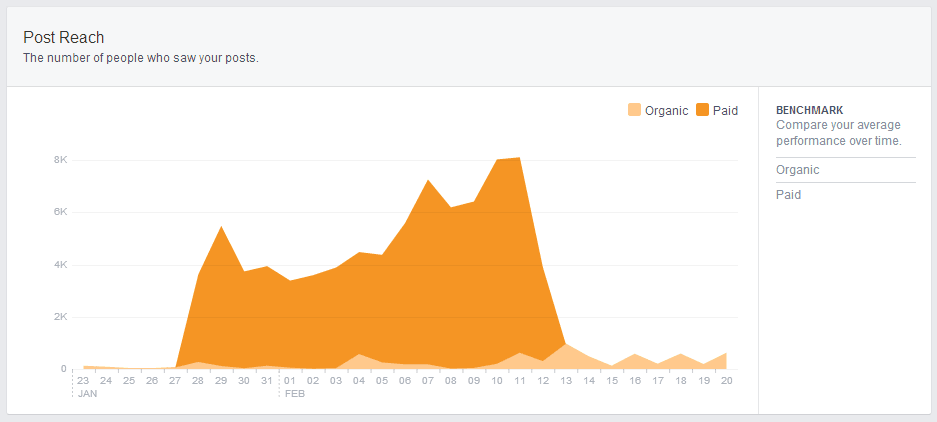
Learn copywriting techniques for Copywriter
Discover the 4 essential stages of the writing process: Madman, Architect, Carpenter and Judge. Unleash your creativity, organize ideas and perfect your text for a flawless result.
Between ups and downs, believe it or not Facebook is still the most used network.
With 3.03 billion monthly active users worldwide, Facebook leads the 2023 ranking as the most popular Social Network.
Por esto queremos traerte las métricas más importantes que debes medir en Facebook para saber que tal es el rendimiento de tu marca y tus estrategias en esta plataforma.



No es un secreto que el formato de video es el contenido estrella en las plataformas sociales, por lo que, si no estás haciendo contenido de video ¡te recomendamos hacerlo cuanto antes!
Si bien cuenta que un usuario vea tu video, lo importante es qué porcentaje de esas personas llegaron hasta el final del mismo.
Facebook usa esta métrica para determinar qué capacidad tiene tu video de atraer la atención de los usuarios, por lo que si esta métrica es baja, no mostrará el video.
Si esto te pasa sería bueno que te plantees optimizar el contenido de tus videos y su tiempo de duración ya que el formato de videos cortos es lo que ha marcado tendencia estos últimos años, aunque ¿te cuento un secreto? Entre las tendencias que se estiman para este 2024 ¡se espera el retorno de los videos largos!
Dejame en los comentarios si quieres que escriba un artículo sobre esto o sobre cualquier otra temática relacionada al Marketing Digital.
Esperamos que este contenido te sea de ayuda, si tienes dudas, o necesitas alguna consultoría de Marketing Digital puedes comunicarte a mi correo l.figueroa@avvamedia.com

Discover the 4 essential stages of the writing process: Madman, Architect, Carpenter and Judge. Unleash your creativity, organize ideas and perfect your text for a flawless result.